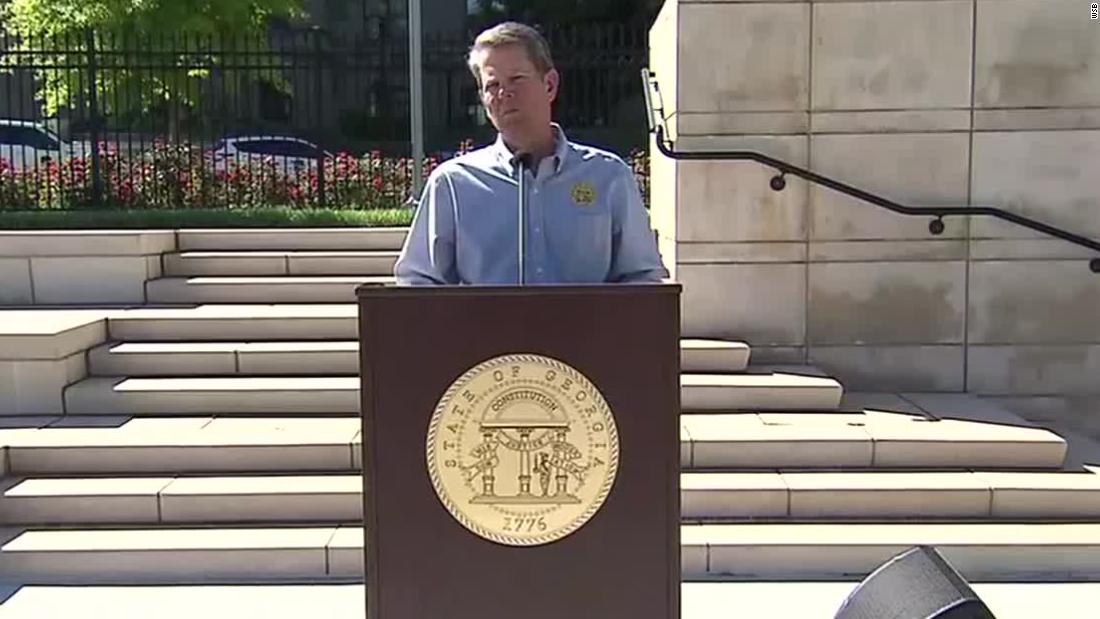

In broad terms, it saw the gradual exclusion of the senatorial elite from high military commands and the parallel elevation of the equestrian orders, the reorganisation of the armed forces and the creation of mobile field armies, changes in imperial dress and ceremonial displays, a religious policy aiming at religious unity, large scale monetary reforms, and the creation of an empire-wide civil bureaucracy. The stresses and strains of those years (chronic usurpations, military insurrections, simultaneous military conflicts across multiple frontiers) exposed the weaknesses in the Roman state under the Principate, and saw a gradual movement from the collegiate model of government that existed prior to AD 235 to a more formally autocratic version that begins after AD 285. The Dominate system of government emerged as a response to the 50 years of chaos that is referred to as the Crisis of the Third Century. However, it was only under Diocletian that the term dominus was adopted as part of the emperor's official titulature, forming part of Diocletian's radical reforms. Domitian encouraged its use, but none of the emperors used the term in any semi-official capacity until the reign of Aurelian in AD 274, where coins were issued bearing the inscription deus et dominus natus. Augustus actively discouraged the practice, and Tiberius in particular is said to have reviled it as sycophancy. Dominus, traditionally used by Roman slaves to address their masters, was sporadically used in addressing emperors throughout the Principate, usually in the form of excessive flattery (or political invective) when referring to the emperor. The modern term dominate is derived from the Latin dominus, which translates into English as lord or master. 3.7 Intensification of coloni use and the origins of serfdom.3.6 Downgrading of Rome as capital of the empire.

3.3 Transformation of the traditional Senatorial order.


 0 kommentar(er)
0 kommentar(er)
